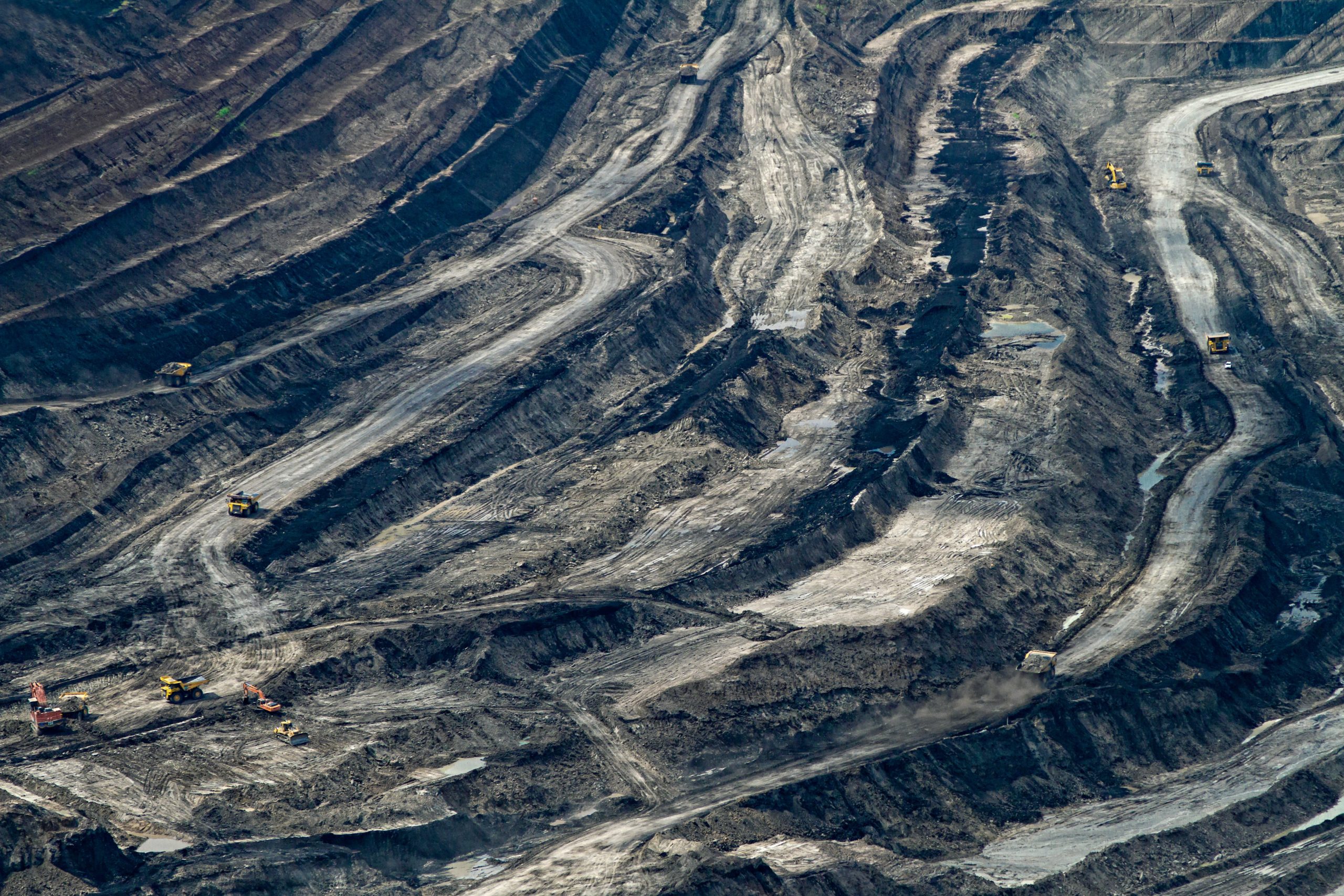Anthropocene as a cultural artifact

You will have read and heard a lot of times that we are living in a new geological period, that has been baptized as ‘the Anthopocene’: the age of the Earth in which our species has become the predominant force in the shaping of the planet’s geological features. Well, perhaps ‘predominant’ is too strong a qualifier, for it is difficult to imagine how our activities may affect the dynamics of plate tectonics; but if we leave to that the realm of ‘very long term’ geological mechanisms (say, those that take place in the order of millions of years), and we just pay attention to the ‘very short term’ processes (i.e., those expanding between thousands and hundreds of thousands years), there is no doubt that the presence of human civilizations, and in particular of modern industry within a population of more than a few billions, is a considerable force in the shaping of the strata and the fossils that geologists in the deep future may be able to observe when examining those remains proceeding from our times.
Probably, the most remarkable sign of our activities detectable by Earth scientists in a few million years from now will be the interruption of the Ice Age cycles: with almost all certainty, the next glaciation (scheduled for about 40,000 years) will not take place due to the current accumulation of atmospheric CO2, and it is likely that the next one (in about other 100,000 years) will also not happen. Without any noticeable change in the orbit of the sun, nor in the volcanic activity, some heating due to ‘artificial’ processes will be within the presumed agents responsible for that anomaly. I don’t know of any estimation of the value (economic or otherwise) that being free of an Ice Age for a quarter of million years should have in our calculus of the wellbeing of future human generations, but I tend to suspect that our descendants in, say, 100,000 years from now, will tend to be grateful to those ancestors that prevented the planet to fall in a cold trap, rather than blaming them for the natural and economic catastrophes that were necessary to fabricate the Antropocene, basically because the possible suffering of the people of the third millennium (the main injured party in that process) will have been totally forgotten by then. Furthermore, as science journalist Peter Brannen has pointed, the more the Anthropocene will last, the more that will mean that industrial civilization has lasted enough for being a true Earth-shaping factor; after all, if the truth is that we are destroying our ecosystem, this will cause the end of the civilization in a very, very short term, and hence purely natural forces would soon retake the governance of geological processes, and the ‘Anthropocene’ would have consisted in an extremely transitory geological event, not a ‘period’ or ‘age’.
So, beyond acknowledging the already obvious fact that human industrial activities and our Gargantuan populosity are contributing in a substantial way to the geological dynamics, I think that, from a purely scientific point of view, we should be a bit agnostic about whether that influence is permanent enough as to give birth to a new geological era. Instead, cultural eras, that in some cases may last just a few years, are surely a chronological kind much more appropriate to categorize what people have in mind (perhaps unconsciously) when talking about the ‘Anthropocene’. In fact, many people using (or abusing) the concept seem to be happy with the idea that ‘nature is cultural’ tout court, and do not make many efforts to disentangle what is ‘cultural’ and what is ‘natural’ in the entity they are referring to when they use ‘Anthropocene’ to mean ‘our times’, for example.
Actually, what is funniest about the ‘Anthropocene’ debate outside the purely scientific literature, is the vehement attempt to replace the ‘anthropos’ prefix with another one that does not point too crudely to all and every member of the human species, as if a poor slave girl in the 19th century US South were as guilty of the global warming as one Henry Ford or one Nikola Tesla. The list of ‘substitutes’, if one searches into the relevant literature, is just impressive; let’s take a look at a few examples:
-Aerocene.
-Agnotocene.
-Androcene.
-Anglocene.
-Antrobscene or Antropobscene.
-Antropomeme.
-Antroposcene.
-Betacene.
-Capitalocene.
-Covidcene
-Econocene.
-Eurocene.
-Fagocene.
-Fronocene.
-Ginocene.
-Gringocene.
-Growthcene.
-Homogenocene.
-Industriocene.
-Manthropocene.
-Metropocene.
-Misanthropocene.
-Molismoceno (from ‘molismos’: pollution).
-Paleoanthropocene.
-Plantationocene.
-Plantropocene.
-Plasticene.
-Polemocene.
-Petroleocene.
-Sociocene.
-Thanatocene.
-Thermocene.
But surely the champion of all the alternative names is the proposal by the transhumanist philosopher Donna Haraway:
–Cthulhucene.
If I am allowed to end with a wager about how long the Anthropocene will last, my guess is that its mixture with cultural, philosophical and ideological considerations is already so deep, that probably it will only last as long as it is fashionable, and hence, a few generations ahead of us it is very likely that people will have stopped speaking so much of the ‘Anthropocene’, and will have other obsessions to talk about instead.
References
Brannen, P., “The Antropocene Is a Joke”, The Athlantic, 13-8-2019.
Haraway, D., “Anthropocene, Capitalocene, Plantationocene, Chthulucene: Making Kin”, 2015, Environmental Humanities, 6, 159-165.
Zamora Bonilla, J., Contra apocalípticos: ecologismo, animalismo, posthumanismo, Shackleton Books, 2021.
1 comment
I would call it the Obscene 😉